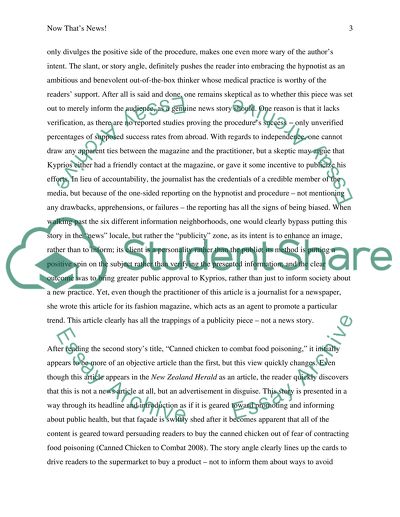Cite this document
(“News Literacy Research Paper Example | Topics and Well Written Essays - 1500 words”, n.d.)
Retrieved from https://studentshare.org/journalism-communication/1430779-news-literacy
Retrieved from https://studentshare.org/journalism-communication/1430779-news-literacy
(News Literacy Research Paper Example | Topics and Well Written Essays - 1500 Words)
https://studentshare.org/journalism-communication/1430779-news-literacy.
https://studentshare.org/journalism-communication/1430779-news-literacy.
“News Literacy Research Paper Example | Topics and Well Written Essays - 1500 Words”, n.d. https://studentshare.org/journalism-communication/1430779-news-literacy.


